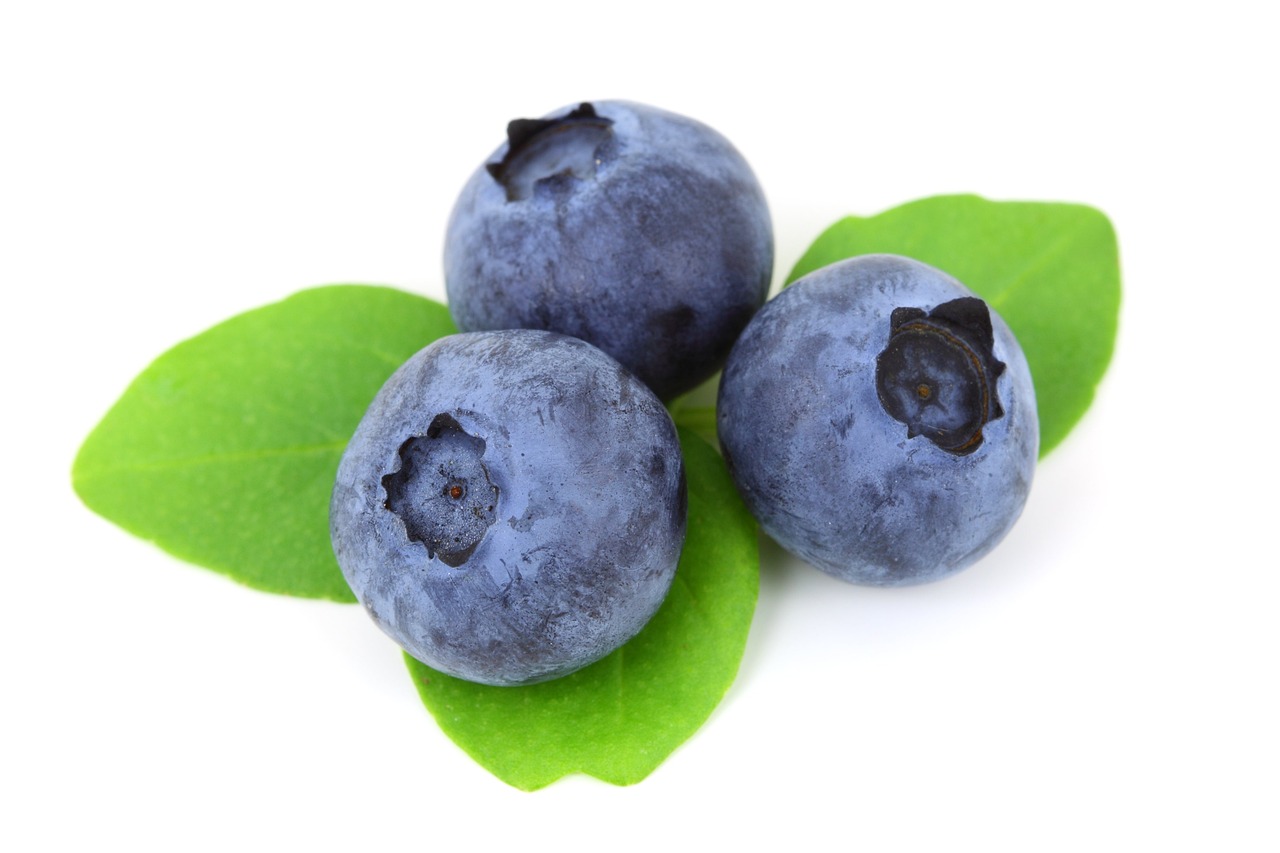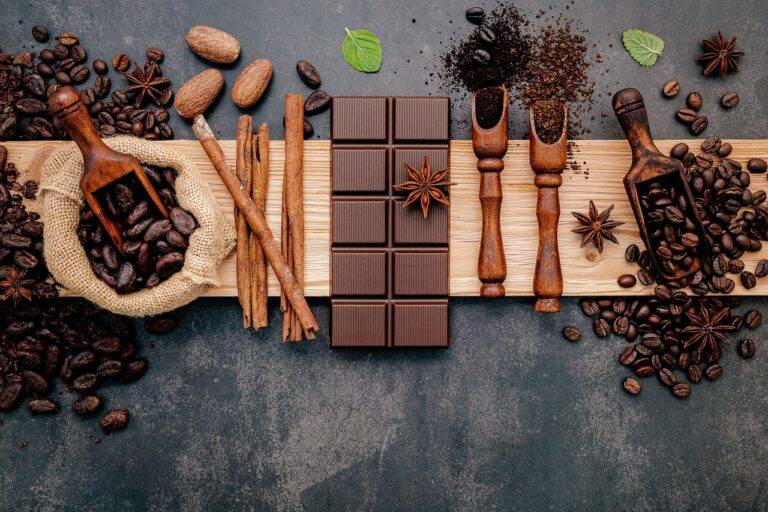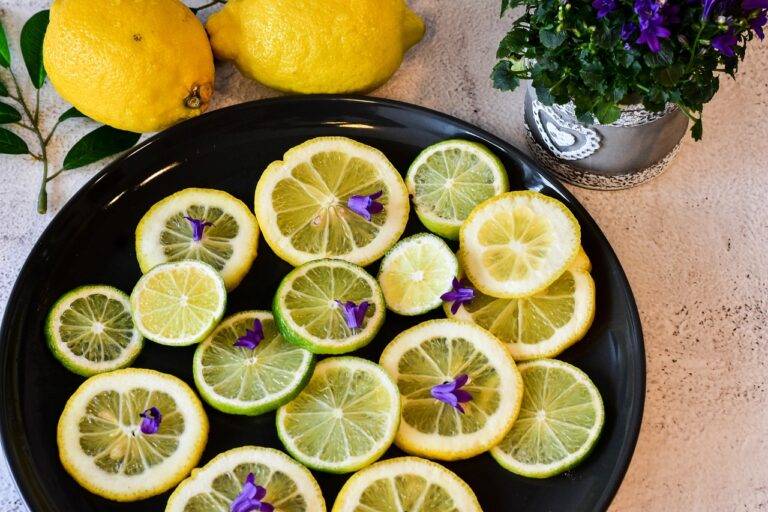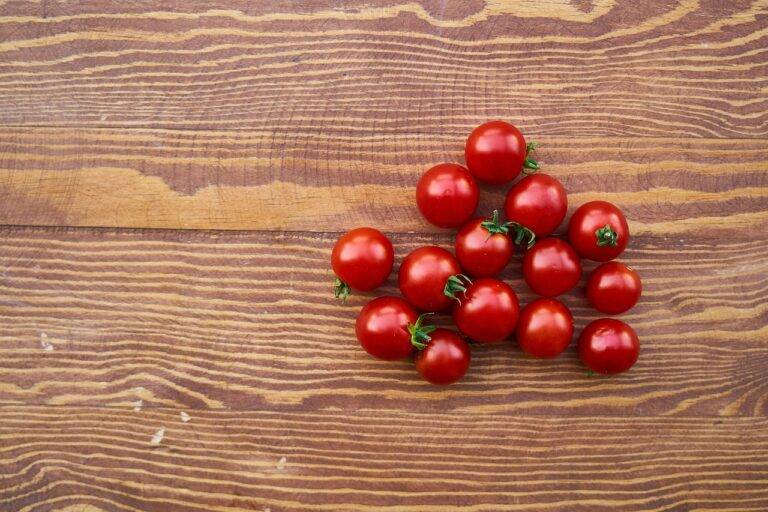The Evolution of Food Preservation Methods
Throughout human history, the need to preserve food has been a constant challenge. Early civilizations developed various methods to prevent food spoilage and ensure a stable food supply. In ancient times, people relied on sun-drying, smoking, salting, and fermenting to extend the shelf life of perishable foods. These methods allowed communities to store excess food for times of scarcity and enabled long-distance trade of preserved goods.
As societies advanced, so did food preservation techniques. The discovery of canning in the early 19th century revolutionized the storage and distribution of food products. This breakthrough, along with the invention of refrigeration and freezing technologies, paved the way for modern food preservation methods. Today, with the help of advanced technologies and packaging materials, we are able to preserve a wide range of foods while retaining their nutritional value and quality.
Drying as a Traditional Preservation Method
Drying as a traditional preservation method has been utilized for centuries by civilizations across the globe. The process involves removing moisture from food items, thereby inhibiting the growth of bacteria, yeast, and mold that cause spoilage. One of the oldest forms of food preservation, drying can be traced back to ancient times when people would air-dry meats, fruits, and vegetables to extend their shelf life.
In addition to preventing spoilage, drying also concentrates the flavors of food, making them more intense and delicious. By removing water content, the nutrients in the food become more concentrated, providing a nutrient-dense and long-lasting food source. Furthermore, dried foods are lightweight and portable, making them ideal for long journeys or times of scarcity.
What is the history of food preservation?
Food preservation has been practiced since ancient times as a way to store food for longer periods of time. Various methods such as drying, salting, fermenting, and canning have been used over the centuries.
How does drying work as a preservation method?
Drying removes moisture from food, preventing the growth of bacteria, mold, and yeast that cause spoilage. This process helps extend the shelf life of food items.
What types of foods can be preserved through drying?
A wide variety of foods can be preserved through drying, including fruits, vegetables, herbs, meat, and fish. Drying is a versatile preservation method that can be used for many different types of food.
Are there different methods of drying food?
Yes, there are several methods of drying food, including sun drying, oven drying, and using a food dehydrator. Each method has its own advantages and is suitable for different types of food items.
Is dried food nutritionally inferior to fresh food?
While drying can cause some loss of nutrients, dried food can still be a nutritious option. Dried fruits and vegetables, for example, are a good source of vitamins and minerals even after the drying process.
How long can dried food be stored for?
Properly dried and stored food can last for several months to years, depending on the type of food and the storage conditions. It is important to store dried food in a cool, dry place to maintain its quality and shelf life.





